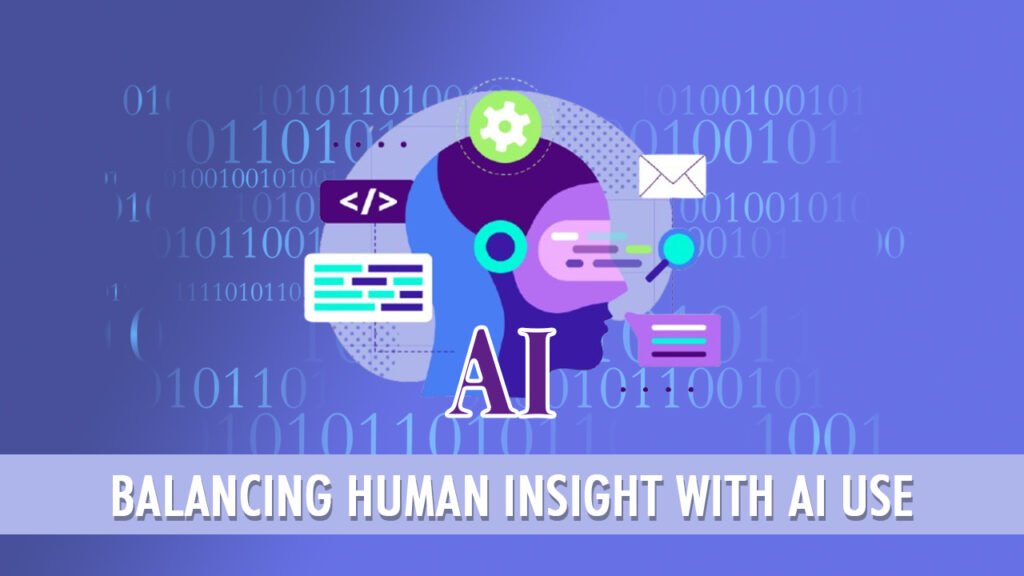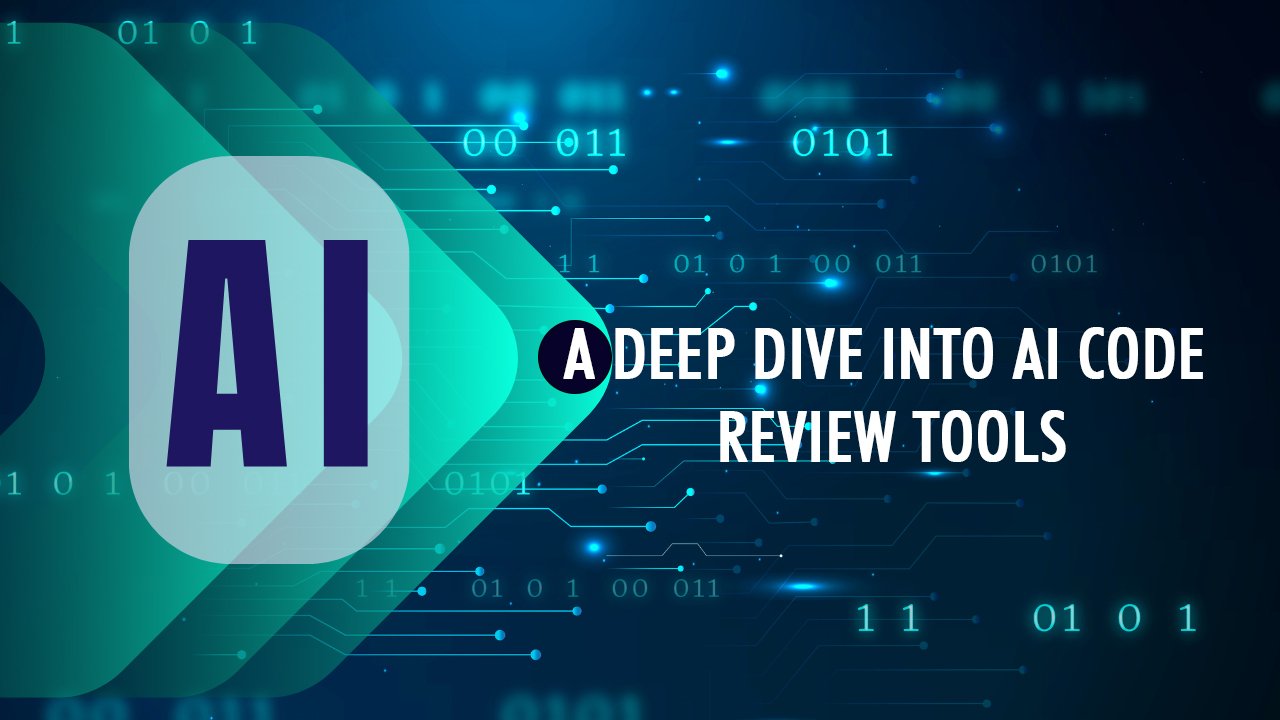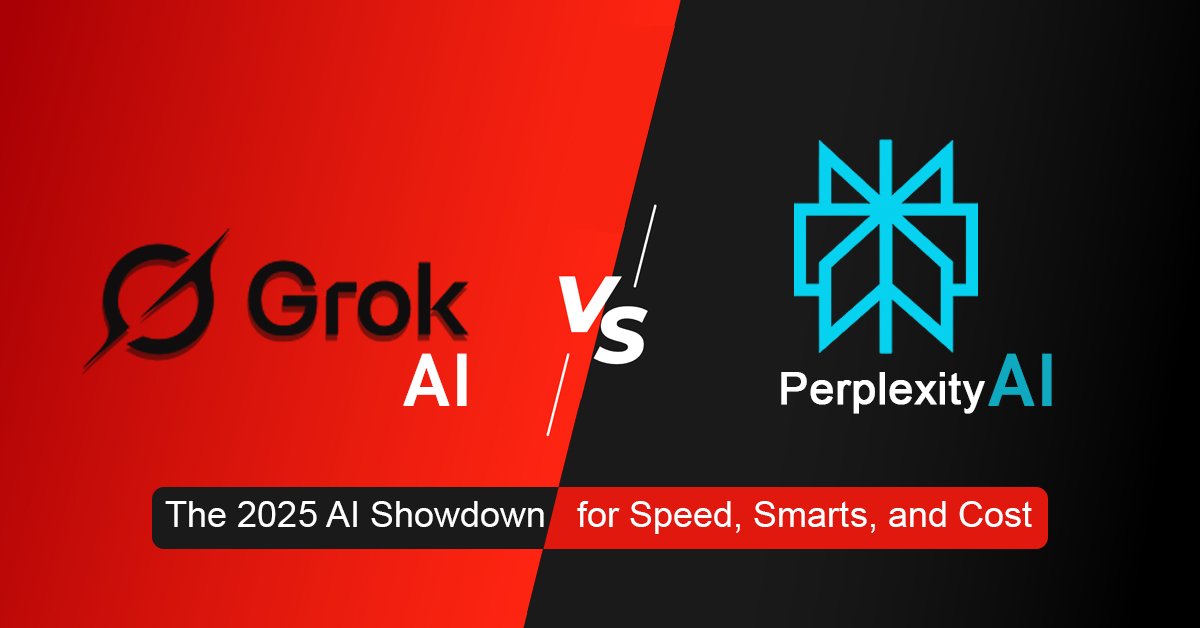- 1 I. Introduction to AI Code Review Tools
- 2 II. AI Code Review Tool Features
- 3 III. Well-liked Market AI Code Review Tools
- 4 IV. The Advantages and Difficulties of AI in Code Reviews
- 5 Developments in Machine Learning and AI
- 6 Development of Open-Source AI Instruments
- 7 AI’s Place in DevOps and Agile Approaches
- 8 VI. Summary
- 9 VII. FAQs
- 9.1 1. What are AI code review tools’ primary goals?
- 9.2 2. How can my team select the best AI code review tool?
- 9.3 3. Do AI techniques for code review work with all programming languages?
- 9.4 4. Can human reviewers be fully replaced by AI tools?
- 9.5 5. How does the use of AI in code reviews affect security?
I. Introduction to AI Code Review Tools
What Are AI Code Review Tools?
AI code review tools analyze, assess, and propose alterations to source code based on machine learning and AI algorithms. These tools provide developers with best practices, security advice, and real-time feedback by automating the analysis of both static and dynamic code.
Code Review’s Significance in Software Development
In software development, code reviews are an essential part of maintaining coding standards, reducing defects, enhancing security, and providing assurance for code quality. Traditional code review procedures have a manual component, which can be labor-intensive and often suffer from human error. AI-powered solutions improve code reviews’ effectiveness and enable teams to produce high-caliber software more quickly.
The Development of AI Code Review Procedures
The industry has consistently changed to increase accuracy and efficiency, starting with human peer reviews and progressing to static analysis tools and, more recently, AI-driven code review solutions. AI code review technologies make the review process more efficient by integrating with development environments, automating the analysis, and giving developers meaningful information.
II. AI Code Review Tool Features
A. Code Analysis Automation
- 1. Analysis of Static Code: Without running the code, AI tools use automatic static analysis to find syntax mistakes, unneeded variables, and compliance violations.
- Analysis of Dynamic Code: Operational adoption (existing) of digitalization assistance lies in the underlying rediscovery of government duties, providing new chances for government roles to secure service abundance and inculcate the learned output.
- As CI/CD workflows are integrated with such solutions, they take care of code quality at each stage of the development process, thus minimizing the chances of errors in the final product.
B. Perceptive Advice and Recommendations
- Formatting and Code Style: AI technologies improve readability and maintainability by enforcing consistent formatting and adherence to coding standards.
- Patterns and best practices: Machine learning models evaluate code in comparison to industry best practices and make recommendations for enhancements to increase security and performance.
- Vulnerabilities in Security: Furthermore, this protection was meant to be an overhead. The situation is particularly unfortunate for the IT proliferation, though.

C. Cooperation and Communication in Teams
- Instantaneous Feedback Systems: Instant feedback on code changes enables developers to address problems early in the development cycle.
- Version Control System Integration:
AI technologies make it simple to evaluate code in familiar settings by integrating with Bitbucket, GitLab, and GitHub. - Features for Discussion and Commenting: Inline comments and discussions facilitate productive team collaboration and expedite the review process.
III. Well-liked Market AI Code Review Tools
A. Overview of the Tool and Its Main Features
- Tool A: Advantages and Special Features provides numerous programming language support, smooth CI/CD integration, and sophisticated AI-driven bug detection.
- Tool B: User Experience and Interface enhances developer productivity with its user-friendly interface, real-time feedback, and AI-powered recommendations.
- Tool C: Pricing and Platform Support serves both startups and large corporations by offering adaptable pricing structures and interoperability with on-premises and cloud settings.
B. Performance and Feature Comparison
Analysis of feature sets evaluates AI products according to their integration potential, language support, and accuracy.
Review Speed and Efficiency evaluates AI tools based on how well and swiftly they can identify problems.
User Feedback and Satisfaction Evaluate overall satisfaction by compiling user reviews and ratings from reliable sources.
C. Case Studies: Actual User Success Stories
Company A: Better Metrics for Code Quality saw a 40% increase in code quality as a result of AI-driven suggestions.
Company B: Shorter Review Time Development cycles were accelerated by a 50% reduction in manual review time.
Organization C: Improved Teamwork 30% better teamwork thanks to AI-powered discussion tools and recommendations.
IV. The Advantages and Difficulties of AI in Code Reviews
A. Advantages of AI Tools for Code Review
- Better Quality of Code reduces post-production faults by automating code analysis to find flaws early.
- A decrease in human error reduces oversight and subjective biases, resulting in more reliable code.
- Increased productivity of developers saves time by automating tedious review processes, freeing up engineers to concentrate on intricate reasoning and creative work.
B. Possible Difficulties and Restrictions
- Reliance on AI suggestions When AI is used excessively, contextual factors that call for human judgment may be overlooked.
- Workflow Integration with Current Processes Certain tools could require extra setup work since they don’t connect with legacy systems effortlessly.
- Adaptation and Training Time frame It takes time for developers to adjust to AI suggestions and optimize tool usage.
C. Balancing Human Insight with AI Use
- The Value of Human Reviewers
AI-generated recommendations are guaranteed to be in line with project specifications and business objectives through human review.
- Improving AI Precision with Human Input
Over time, AI systems get more accurate and dependable thanks to ongoing feedback.
- Creating a Feedback Cycle
An ideal review process results from combining developer insights with AI recommendations.
Upcoming Developments in AI Code Review Instruments

Developments in Machine Learning and AI
Code Reviews Using Natural Language Processing makes it possible for AI to more precisely comprehend coding intent, comments, and documentation.
Code Quality Predictive Analysis AI anticipates possible flaws in the code and makes suggestions for fixes before they happen. Algorithms that learn on their own Over time, AI models improve accuracy and efficiency by continuously learning from previous evaluations.
Development of Open-Source AI Instruments
Development driven by the community
The use of open-source AI technologies is growing, allowing for cooperative advancements.
Including Well-Known Frameworks
For wider usage, AI-powered solutions are merging with Python, Java, and JavaScript frameworks.
Advantages of Contributions to Open-Source
Developers have more options for customization and flexibility because of community-driven improvements.
AI’s Place in DevOps and Agile Approaches
Improving Procedures for Continuous Deployment
Deployment failures are decreased using AI solutions that automate code quality checks in CI/CD pipelines.
Filling up the Gaps Between Operations and Development
By locating bottlenecks and giving real-time feedback, AI optimizes DevOps processes.
Enhancing Agile Teams’ Feedback Cycles
Agile sprints are accelerated by AI-driven insights that shorten review periods and enhance teamwork.
VI. Summary
Key Points Synopsis
AI Code Review Tools use automation, intelligent suggestions, and collaboration capabilities to improve code quality, decrease human error, and increase developer productivity.
The Value of Harmonizing AI and Human Intelligence
Even though AI technologies offer insightful information, human oversight is still essential for code maintainability and contextual judgments.
Conclusion Remarks on Code Quality’s Future
AI software, which is taking the world by storm and getting more astonishing with every breakthrough, is on the verge of letting developers focus on code instead of struggling through reviews. The future of software development is here.
VII. FAQs
1. What are AI code review tools’ primary goals?
To minimize human labor while automating code analysis, enforcing standard practices, and enhancing code quality.
2. How can my team select the best AI code review tool?
Take into account elements like pricing, user interface, integration possibilities, and language support.
3. Do AI techniques for code review work with all programming languages?
The majority of AI tools are multilingual, but it’s important to make sure they work with your tech stack.
4. Can human reviewers be fully replaced by AI tools?
No, AI technologies are a useful addition to human reviewers, but they cannot take the place of engineers’ contextual knowledge and experience.
5. How does the use of AI in code reviews affect security?
Although AI tools aid in vulnerability detection, developers should make sure that insights produced by AI adhere to security best practices.







